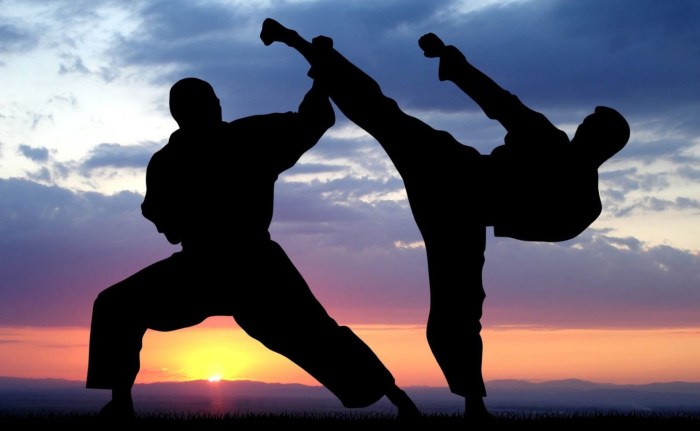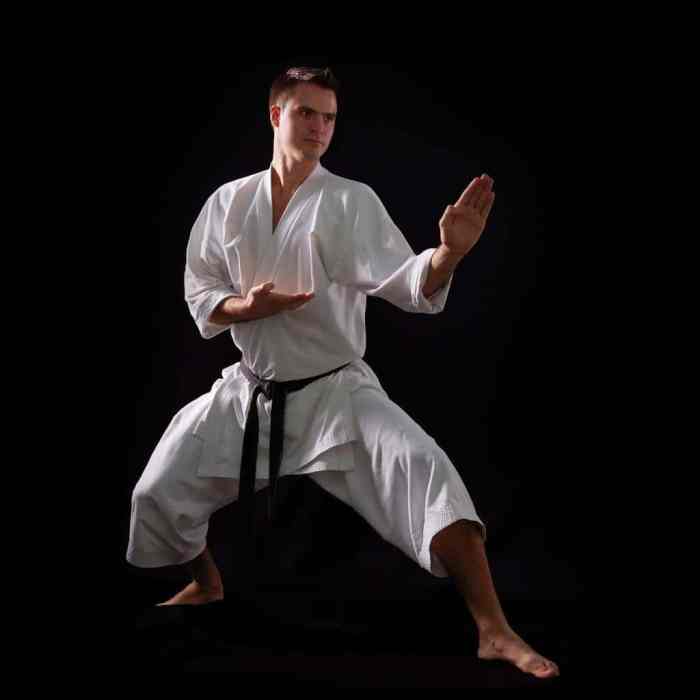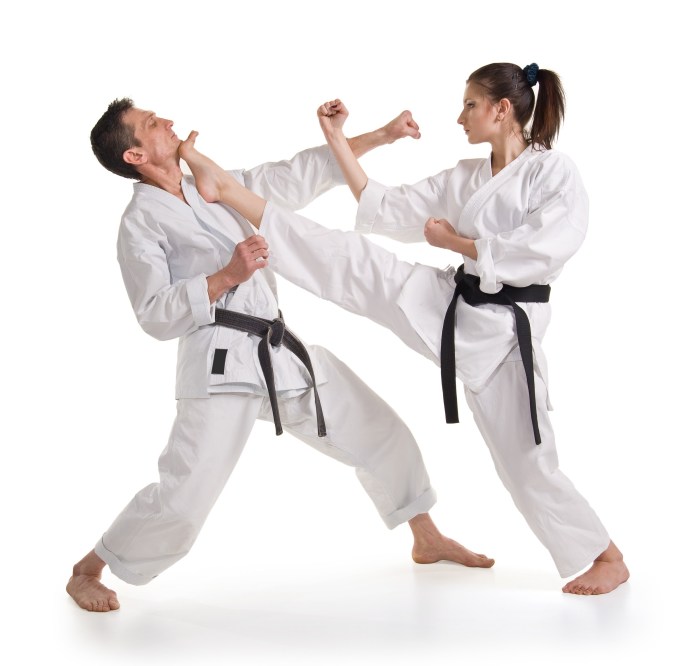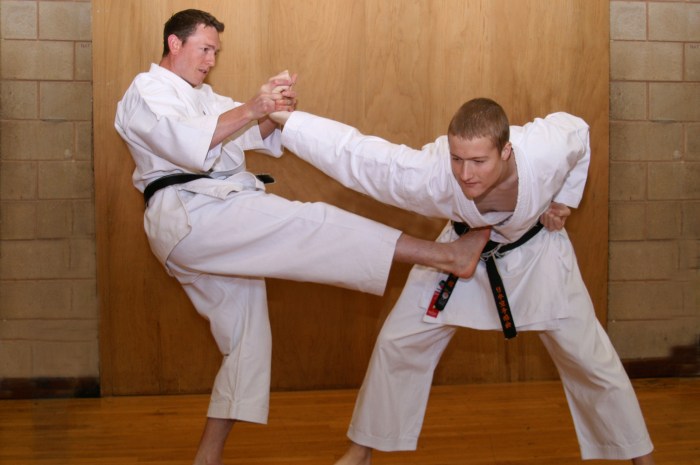Why is it inaccurate to call karate a martial art? This question sparks an intriguing debate, challenging the conventional understanding of this renowned discipline. Karate, often perceived as a martial art, reveals a deeper examination, revealing its unique characteristics that set it apart from traditional martial art practices.
Delving into the historical roots and philosophical underpinnings of karate, we uncover its origins as a self-defense system, emphasizing non-aggression and self-restraint. Unlike conventional martial arts, karate lacks formal rituals and structured forms, prioritizing practical techniques and adaptability over ritualized movements.
Karate: A Practical Self-Defense System

Karate, often mistakenly classified as a martial art, is a unique system of self-defense with distinct characteristics that set it apart from traditional martial arts. Its origins and philosophical principles, along with its emphasis on practicality and efficiency, distinguish it as a highly effective form of self-protection.
1. Karate’s Origins and Philosophy: Why Is It Inaccurate To Call Karate A Martial Art
Historical and Cultural Roots, Why is it inaccurate to call karate a martial art
Karate emerged in the Ryukyu Islands (present-day Okinawa, Japan) as a synthesis of indigenous martial traditions and influences from China. Initially developed as a method of self-defense against armed attackers, it emphasized practicality and effectiveness over ritualized forms and techniques.
Philosophical Principles
Karate practice is guided by philosophical principles that promote non-aggression, self-restraint, and respect for opponents. Practitioners strive to avoid unnecessary violence and use their skills only for self-defense or in situations where their safety is threatened.
2. The Absence of Rituals and Forms

Unlike traditional martial arts, karate lacks formal rituals and structured forms. Instead, it focuses on practical techniques and adaptability. Practitioners train in a variety of scenarios and learn to respond to different situations effectively.
3. Emphasis on Practicality and Efficiency
Practical Techniques
Karate techniques prioritize practicality and efficiency in self-defense situations. They are designed to incapacitate opponents quickly and effectively using strikes, blocks, and throws. Practitioners train to execute techniques with precision and power, focusing on the most vulnerable areas of the body.
Simplicity and Effectiveness
Karate’s emphasis on simplicity and effectiveness distinguishes it from more elaborate martial arts. Practitioners strive to master a limited number of techniques that can be applied in a wide range of situations. This approach allows for quick and efficient responses in self-defense.
4. Absence of Weapons Training

Traditional karate does not incorporate weapons training. This is in contrast to many other martial arts that include weapons as an integral part of their practice. The absence of weapons training emphasizes the practical nature of karate as a self-defense system.
5. Limited Sparring and Competition

Sparring and competition play a limited role in karate compared to other martial arts. While practitioners engage in controlled sparring sessions for training purposes, the emphasis is on self-defense and personal development rather than competitive aspects.
6. Modern Adaptations and Variations
In modern times, karate has undergone various adaptations and variations, including sport karate and mixed martial arts. These adaptations have influenced the perception of karate as a martial art, but they do not detract from its core principles and self-defense applications.
Key Questions Answered
Q: What are the key differences between karate and traditional martial arts?
A: Karate emphasizes practicality, efficiency, and self-defense, while traditional martial arts often incorporate rituals, forms, and weapons training.
Q: Why is karate considered a self-defense system rather than a martial art?
A: Karate’s focus on practical techniques and non-aggression aligns more closely with self-defense principles than the competitive aspects of martial arts.
Q: How does the absence of weapons training impact karate’s classification?
A: The lack of weapons training in traditional karate differentiates it from martial arts that incorporate weapons as an integral part of their practice.